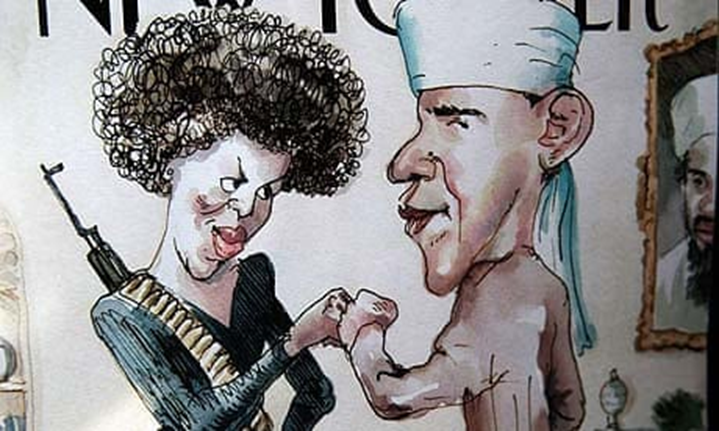
Slick In the 1970s, a new ethnic subgenre emerged known as Blaxploitation. One of the most infamous in this category was the 1973 movie "The Mack." In this film, the lead character, during the civil rights movement, opted to become a "Pimp" instead. ( King 2013 ) Of note is that the Pimp was just the most recent incarnation of the "Black Dandy" known as Zip Coon. The movie appeals to the prejudice and fascination of White through the creation of a hypervisible, hypersexed, violent, and lawless Black man. ( Eshun 2016 ) Hip-hop would take these creations to new highs and lows as the Pimp became normalized, stylized, and romanticized. Calvinn Broadus, Jr., aka Snoop Dogg, is one of Billboard's top 10 Hip-Hop artists. He is one of the founding fathers of gansta rap and the West Coast sound. ( Lamarre et al, 2023 ) Snoop Dogg has gone from church boy to gangsta to pimp. He has gone from Snoop Dogg to Snoop Lion to plain Slim. He brags about being




